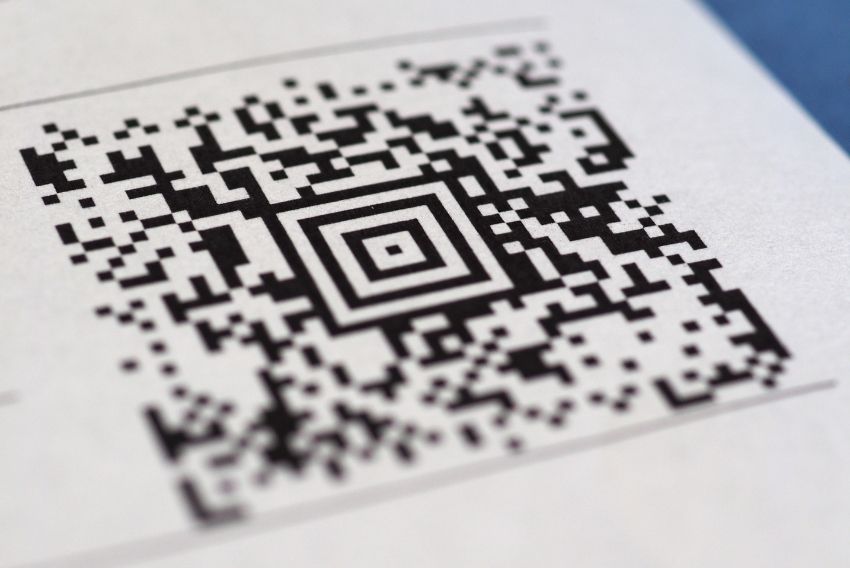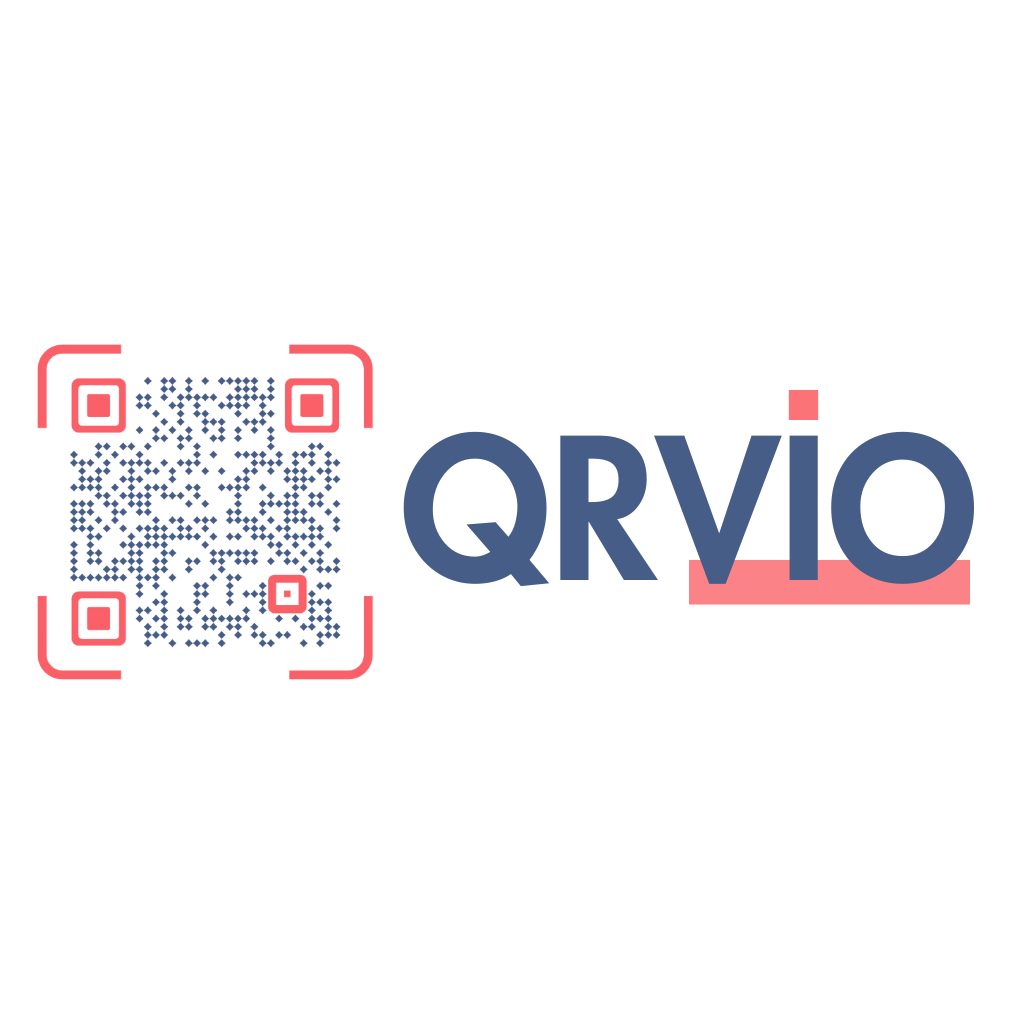Printed QR Codes: Best Practices for Design, Size, and Scanning Success

QR codes have become a crucial tool for connecting offline materials with online content. Whether you’re creating business cards, posters, menus, or product packaging, a printed QR code can turn static materials into interactive experiences. But getting it right takes more than just slapping a code on paper. If you want your QR codes to scan reliably and look professional, understanding design, size, and printing best practices is essential.
In this guide, we’ll cover everything you need to know to ensure your printed QR code works perfectly and enhances, rather than hinders, your communication goals.
– Why Printed QR Codes Matter More Than Ever
While digital QR codes are easy to distribute online, printed QR codes bridge the physical and digital worlds. They:
- Simplify user access to information without typing URLs.
- Enhance marketing materials by providing interactive content.
- Streamline business operations like event check-ins or customer feedback.
- Enable touch-free interactions, which remain popular in hospitality and retail.
In a world where convenience and speed are top priorities, a properly designed printed QR code can offer your audience immediate engagement with minimal effort.
– The Importance of Good Design in Printed QR Codes
Poor design can make a QR code difficult or even impossible to scan. Here’s how to avoid that:
1. Maintain High Contrast
The golden rule: dark code, light background.
- Use black or dark colors for the QR code itself.
- Keep the background white or a light color.
- Avoid placing QR codes over busy or patterned backgrounds.
2. Keep the Quiet Zone
The quiet zone is the blank space around the QR code, typically four modules (smallest square units) wide. Cutting into this area will confuse scanners.
Pro Tip: Never place text, logos, or design elements in the quiet zone.
3. Use High-Resolution Files
For clear printing:
- Export QR codes at 300 DPI or higher.
- For large prints (posters, banners), use vector formats (SVG or PDF) to maintain clarity at any size.
4. Customization with Caution
While it’s tempting to add colors, logos, or custom patterns:
- Ensure customizations don’t interfere with scannability.
- Test the code thoroughly before printing large quantities.
– Ideal Sizes for Printed QR Codes
Size is critical. A code that’s too small won’t scan reliably, especially from a distance.
| Use Case | Minimum Size |
| Business Cards | 0.8 x 0.8 inches (2 x 2 cm) |
| Flyers and Brochures | 1.2 x 1.2 inches (3 x 3 cm) |
| Posters and Signs | 2 x 2 inches (5 x 5 cm) or larger |
| Billboards | Proportional to viewing distance (larger than 10 inches recommended) |
– Rule of Thumb:
For every 10 feet (3 meters) of scanning distance, increase the QR code size by 1 inch (2.5 cm).
Pro Tip: Bigger is always better, as long as it fits the design and doesn’t compromise aesthetics.
– Best Printing Materials and Techniques
The material and printing method you choose can significantly affect the scannability of your printed QR code.
1. Paper Quality
Use smooth, non-glossy paper when possible. Glossy finishes can cause glare, making it difficult for scanners to read the code.
2. Ink Quality
High-quality inks prevent smudging or bleeding, which can distort the QR code’s pattern.
3. Weather-Resistant Materials
For outdoor use, consider:
- UV-resistant inks to prevent fading.
- Laminated finishes for durability.
- Waterproof materials to withstand the elements.
4. Print Testing
Before committing to mass production:
- Print a sample.
- Test with multiple scanning apps and devices.
- Adjust as needed for optimal performance.
– Static vs. Dynamic Printed QR Codes
Understanding the difference between static and dynamic QR codes is crucial before printing:
1. Static QR Codes
- Data is permanently encoded.
- Cannot be changed after printing.
- Best for simple, permanent links.
2. Dynamic QR Codes
- Contain a short URL that can redirect to different destinations.
- Can be updated even after printing.
- Ideal for marketing campaigns, event info, and situations where content might change.
Pro Tip: For flexibility and long-term use, opt for dynamic QR codes whenever possible.
– Common Mistakes to Avoid When Printing QR Codes
Even experienced designers sometimes overlook key details that can make or break a printed QR code’s functionality. Here are the most common mistakes to avoid:
1. Ignoring the Quiet Zone
Crowding the QR code or overlapping it with other design elements can make it unreadable. Always maintain the recommended quiet zone.
2. Using Low-Contrast Colors
Stylish does not always mean functional. Avoid light colors on light backgrounds or dark codes on dark backgrounds.
3. Over-Customization
While adding logos and changing colors can enhance branding, over-customization may distort the code’s essential patterns and reduce scan reliability.
4. Printing Too Small
A small QR code might save space but could render it useless. Always size according to the expected scanning distance.
5. Using Poor-Quality Printing Methods
Low-quality printing can lead to smudging or fading, both of which negatively impact scannability, especially over time or in harsh environments.
– Advanced Design Tips for Maximum Impact
Once you have the basics down, these advanced tips can help you create printed QR codes that are not only functional but also enhance your brand’s visibility.
1. Match Brand Aesthetics
Customize the QR code’s colors and frame to align with your brand’s visual identity. Use Canva, Adobe Illustrator, or other design tools that allow for detailed customization without compromising scannability.
2. Add a Call-to-Action (CTA)
Encourage engagement by including a clear CTA near the QR code, such as:
- “Scan to learn more”
- “Get your discount”
- “Watch our video”
3. Use Short URLs for Static Codes
The more data embedded in a QR code, the more complex and dense it becomes. Using a short URL helps maintain simplicity and improves scanning success.
4. Test Across Devices
Don’t just test with your phone. Try different models and operating systems to ensure your audience will have a consistent experience.
5. Track and Analyze (For Dynamic Codes)
If you use dynamic QR codes, take advantage of tracking features to monitor scan activity, device types, and user locations. This data can help optimize future campaigns.
– Real-World Use Cases for Printed QR Codes
Printed QR codes have found practical applications across a variety of industries:
1. Business and Marketing
- Business cards linking to portfolios or LinkedIn profiles.
- Flyers and posters connecting users to landing pages or special promotions.
2. Hospitality and Retail
- Restaurant menus available through QR codes at tables.
- Product labels that provide more detailed information or usage instructions.
3. Events and Entertainment
- Ticket validation.
- Access to event schedules or digital swag.
4. Healthcare
- Patient wristbands with QR codes linking to medical records.
- Brochures containing links to health resources or appointment scheduling.
5. Transportation
- Boarding passes.
- Public transport schedules or real-time updates.
– Ensuring Long-Term Success
As QR codes become a staple of modern communication, it’s essential to think about their long-term performance:
- Use durable materials for codes exposed to the elements.
- Review and update dynamic codes periodically.
- Maintain consistent branding so your audience recognizes your QR codes easily.
Remember, the goal of a printed QR code is not just functionality but also to engage users seamlessly and professionally.
– Conclusion
A printed QR code can be a powerful bridge between your physical and digital presence — but only if it’s designed, sized, and printed correctly. By following the best practices outlined in this guide, you can create QR codes that are both stylish and functional, ensuring reliable scanning and a positive user experience.
Whether you’re a small business owner, a marketer, or an event organizer, investing time and thought into your QR code design will pay off in stronger engagement, better brand perception, and smoother interactions with your audience.
